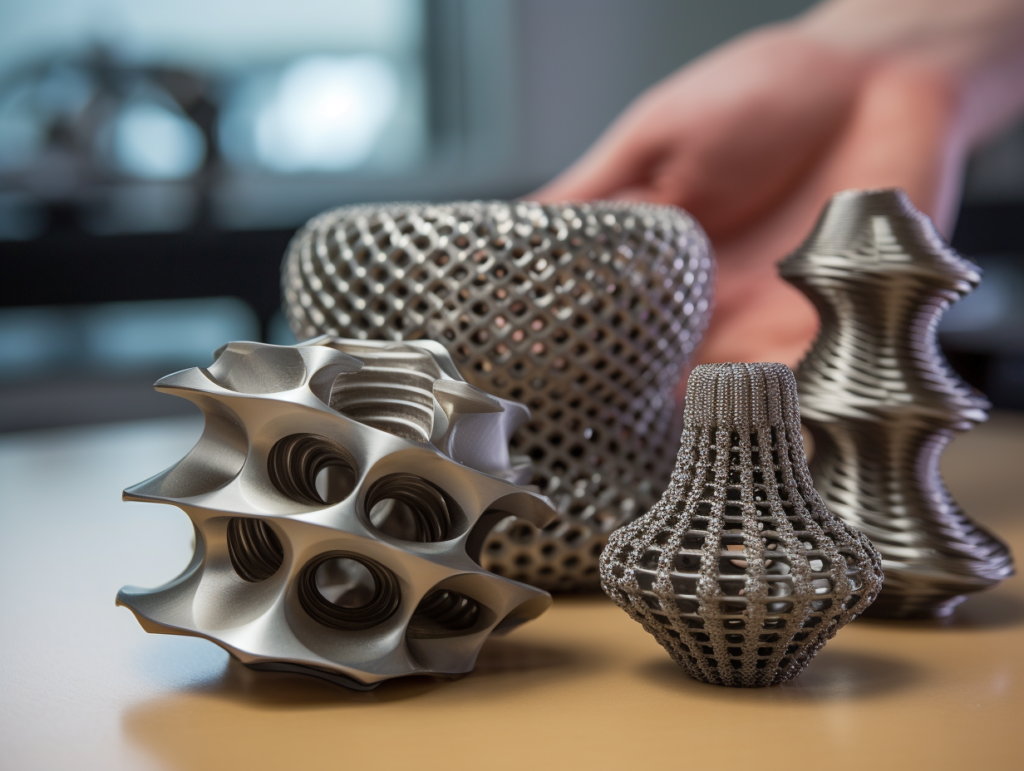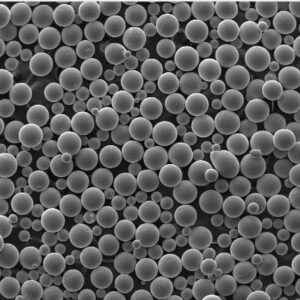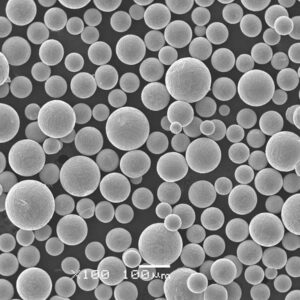copper tungstate powder is an inorganic compound with the chemical formula CuWO4. In powder form, it has unique electrical, thermal, optical and catalytic properties for specialized applications.
Composition & Characteristics
Table 1: Typical Composition and Characteristics of Copper Tungstate Powder
| Parameter | Details |
|---|---|
| Chemical Formula | CuWO4 |
| Color | Blue to bluish-green powder |
| Crystal Structure | Triclinic |
| Melting Point | ~1,095°C |
| Density | 6.3 g/cm3 |
| Refractive Index | 2.19 |
| Thermal Conductivity | ~6.3 W/mK |
| Electrical Resistivity | ~2 x 10^7 ohm-cm @ 25°C |
The color, density, particle size distribution and other powder properties depend on production method and post-treatment steps like calcination.

copper tungstate powder Production Methods
Key methods to produce copper tungstate powder include:
- Solid State Reaction – Mixing and heating copper oxide and tungsten oxide precursors
- Sol-Gel – Drying and calcining sol-gels derived from copper/tungsten solution precursors
- Hydrothermal – Reacting copper and tungsten compounds in hot, pressurized water
- Combustion Synthesis – Exothermic redox reaction using fuels like glycine to produce fine nano-sized powders
Calcination follow-up is often vital to develop desired crystalline phases. Analytical methods confirm phase purity.
Major Applications
Table 2: Major Applications of Copper Tungstate Powder
| Application Area | Specific Uses |
|---|---|
| Catalysts | Oxidation catalyst for organic synthesis |
| Phosphors | Blue-emitting phosphor for LEDs, detectors |
| Metal Oxide Varistors | Carrier mobility regulation, nonlinearity |
| Gas Sensors | Hydrogen, alcohol, LPG sensing |
| Electrochromic Films | Optical absorption modulation devices |
The electrical, electrochemical, thermal and photocatalytic traits of copper tungstate suit it for electro-optical niche applications.
Technical Specifications
Table 3: Typical Specifications of Copper Tungstate Powder
| Parameter | Typical Value |
|---|---|
| Purity | ≥ 99% |
| Particle Size (D50) | 2-5 microns |
| Crystal Phases | Triclinic, Hexagonal |
| Apparent Density | 0.8-1.1 g/cc |
| True Density | 6.2-6.4 g/cc |
| Specific Surface Area | 5-12 m2/g |
| Color | Blue/Blue-green |
| Morphology | Irregular particles |
The specifications depend on intended functionality and can be customized accordingly.
copper tungstate powder Pricing
Table 4: Price Ranges for Copper Tungstate Powder from Major Suppliers
| Supplier | Price per Kg |
|---|---|
| Sigma Aldrich | $340 – $460 |
| Alfa Aesar | $72 – $340 |
| Stanford Advanced Materials | $100 – $450 |
| American Elements | $139 – $612 |
Pricing varies based on quality grade, order volumes, customization needs and geographical factors.
-
 Ti48Al2Cr2Nb powder
Ti48Al2Cr2Nb powder -
 Ti45Al8Nb Powder
Ti45Al8Nb Powder -
 Ti22Al25Nb Powder
Ti22Al25Nb Powder -
 TC18 Powder : Unlocking the Power of Titanium Carbide
TC18 Powder : Unlocking the Power of Titanium Carbide -
 TC11 Powder : A Comprehensive Guide
TC11 Powder : A Comprehensive Guide -
 TC4 ELI Powder: Unlocking the Potential of Titanium Alloys
TC4 ELI Powder: Unlocking the Potential of Titanium Alloys -
 Best Ti-6Al-4V powder (TC4 Powder)for additive manufacturing
Best Ti-6Al-4V powder (TC4 Powder)for additive manufacturing -
 TA15 Titanium Alloy Powder
TA15 Titanium Alloy Powder -
 Titanium and aluminum TA7 powder
Titanium and aluminum TA7 powder
Pros vs Cons of copper tungstate powder
Table 5: Advantages vs Limitations of Copper Tungstate Powder
| Pros | Cons |
|---|---|
| Multifunctional electro-optical properties | Challenging to synthesize phase-pure powder |
| Nano-sized particles offer high performance | Limited large-scale commercial availability |
| Composition can be doped and tailored | Toxicity of copper requires careful handling |
| Low-cost constituent elements | Hygroscopic nature affects stability |
Despite some handling challenges, copper tungstate’s wide range of catalytic, electrical and optical characteristics lend well to cutting-edge technologies like energy storage devices, smart sensors for IoT, among other applications.
FAQs
Q: What is copper tungstate used for in the chemical industry?
A: Copper tungstate finds application as a selective oxidation catalyst for organic compounds and intermediates across agrochemicals, bulk and fine chemicals, vitamin synthesis and other sectors.
Q: Is copper tungstate naturally occurring?
A: No, copper tungstate is an engineered synthetic compound formed by combination of oxides, salts or elemental mixtures of copper and tungsten. It does not occur naturally.
Q: What determines the electrical properties of copper tungstate?
A: Defect structure and carrier mobility are keys, along with presence of grain boundaries. Doping and composite synthesis are approaches for modulating conductivity mechanisms in copper tungstate.
Q: Is copper tungstate soluble in water?
A: No, copper tungstate has extremely low solubility in water (Ksp = 10^-93). But ammonia solutions can dissolve it to yield cationic complexes. Acidic solutions turn it into hydrated oxides of W and Cu.





